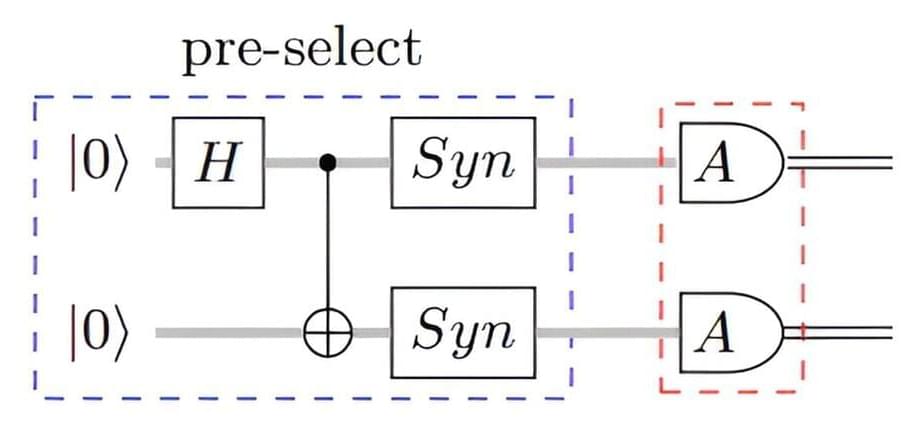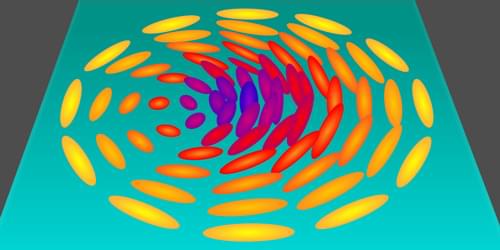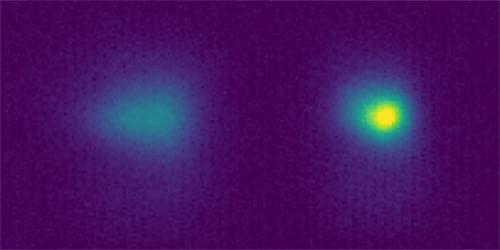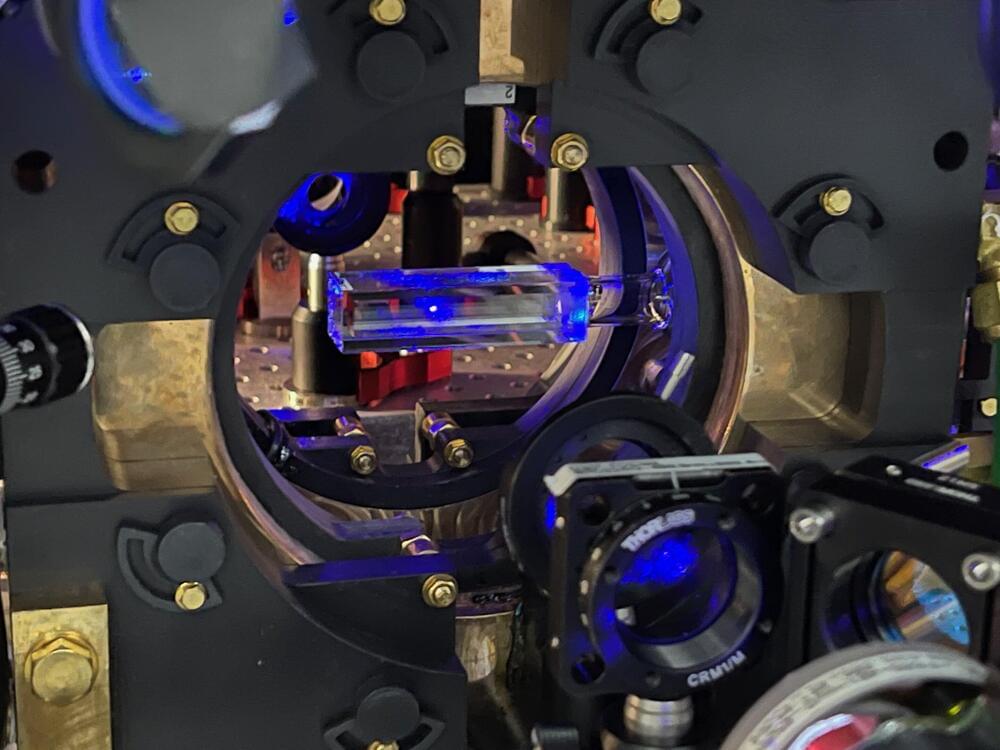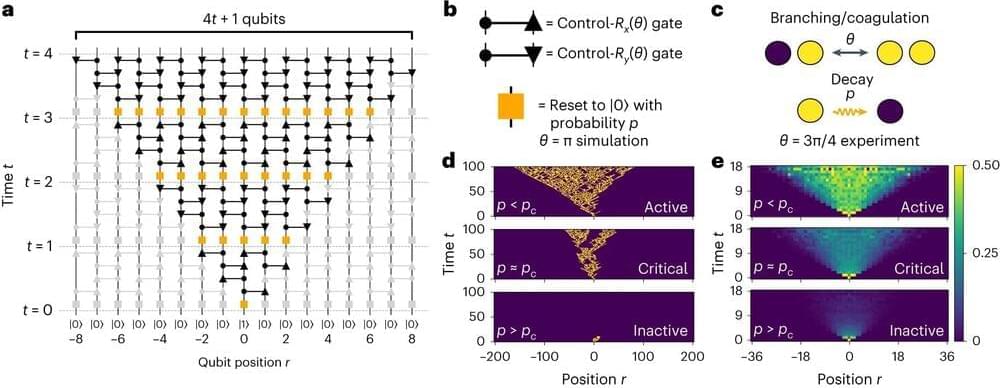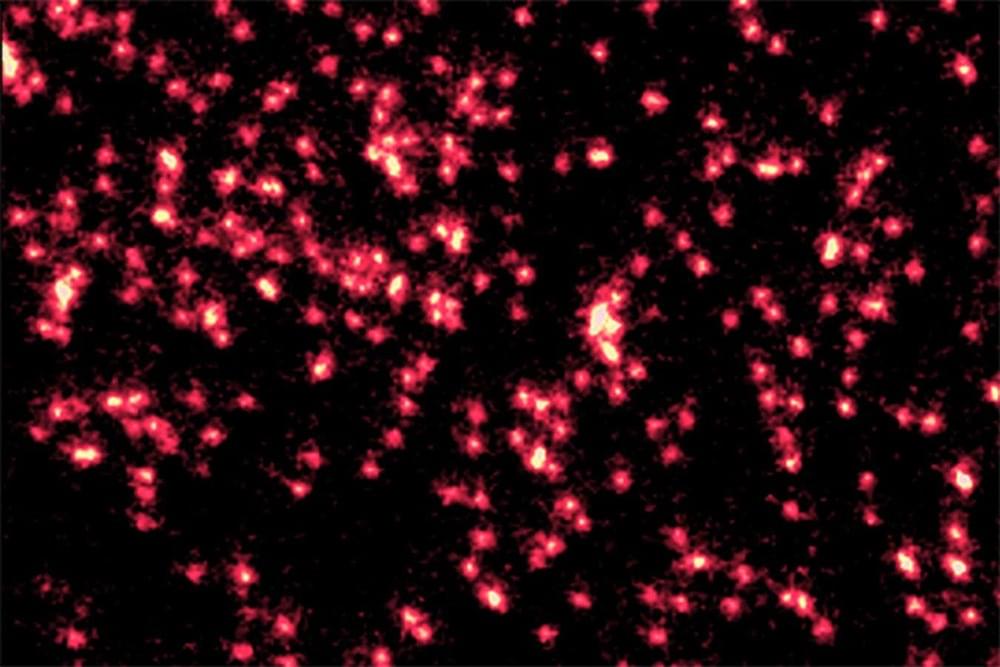Apr 23, 2024
Manipulating the geometry of the ‘electron universe’ in magnets
Posted by Genevieve Klien in categories: energy, quantum physics
Researchers at Tohoku University and the Japan Atomic Energy Agency have developed fundamental experiments and theories to manipulate the geometry of the “electron universe,” which describes the structure of electronic quantum states in a manner mathematically similar to the actual universe, within a magnetic material under ambient conditions.

